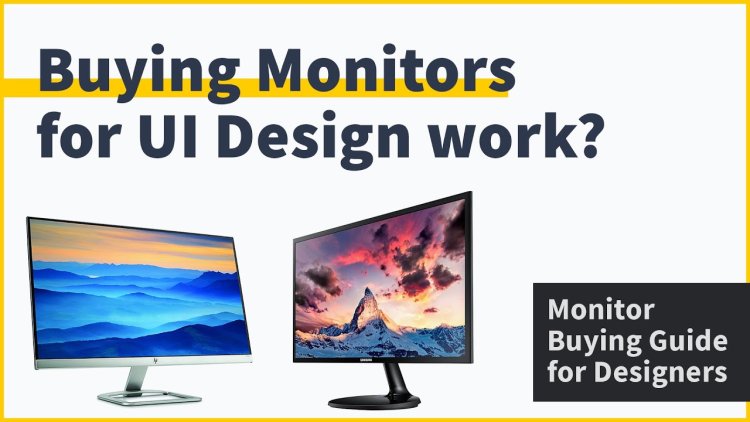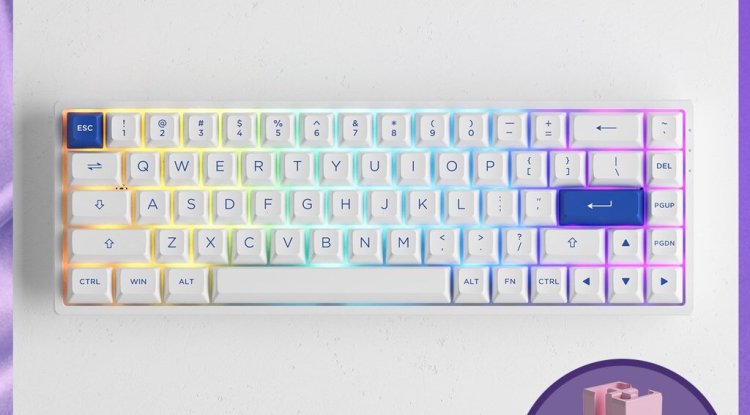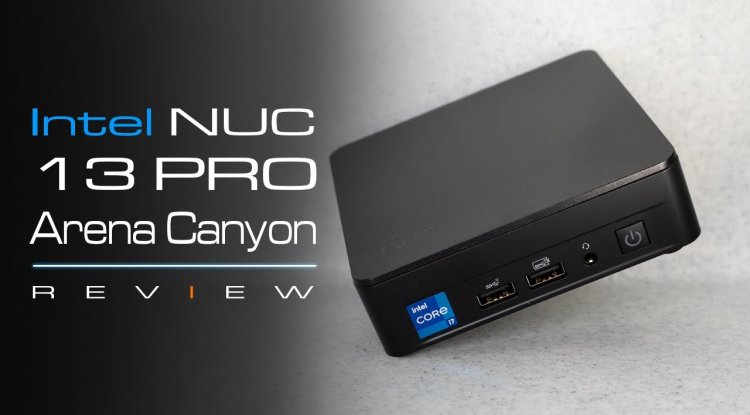The Importance of a Good Monitor for Design: Enhancing Your Creative Workflow
In the world of design, having a good monitor is crucial for achieving accurate and high-quality results. A monitor plays a vital role in displaying colors, details, and overall visual fidelity. Whether you're a graphic designer, web developer, or digital artist, investing in a high-quality monitor is essential. In this article, we will explore why a good monitor is necessary for design work.

Color Accuracy
One of the primary reasons a good monitor is crucial for design work is color accuracy. Designers rely on their ability to perceive and work with precise color palettes. A monitor with accurate color reproduction ensures that the colors you see on the screen are true to life and consistent across different devices. This is particularly important when working on projects that will be printed or viewed on other screens.
Wide Color Gamut
A good monitor for design work often offers a wide color gamut, which refers to the range of colors it can display. A wider color gamut allows designers to work with a broader spectrum of hues, increasing the potential for vibrant and rich visuals. Monitors with high color gamut support standards like Adobe RGB or DCI-P3, enabling designers to work with a broader range of colors and achieve more accurate representation of their designs.
High Resolution
Design work often involves working with intricate details and fine elements. A high-resolution monitor provides a higher pixel density, resulting in sharper and more detailed visuals. This allows designers to see their work with greater clarity and make precise adjustments. A monitor with a high resolution also ensures that the design will translate well when viewed on other devices or in print.
Consistent Brightness and Contrast
A good monitor maintains consistent brightness and contrast levels across the screen. This is crucial for accurately evaluating the tonal values and contrast in your designs. Consistency in brightness and contrast ensures that your designs will appear as intended, whether they are viewed on other screens or in print. It helps you make informed decisions about the tonal relationships and visual impact of your work.
Ergonomics and Eye Comfort
Design work often involves long hours in front of the monitor. A good monitor takes into consideration ergonomics and eye comfort. Features like adjustable stand height, tilt, and swivel allow you to position the monitor in a way that minimizes strain on your neck and eyes. Additionally, monitors with features like flicker-free technology and blue light filters reduce eye fatigue and discomfort during extended design sessions.
Response Time
For designers working on dynamic or interactive projects, a monitor with a fast response time is crucial. Response time refers to how quickly the pixels on the screen can change colors. A faster response time reduces motion blur and ghosting, ensuring that you see accurate representations of your designs in motion. This is especially important when working on animations, videos, or interactive interfaces.
Viewing Angles
A good monitor offers wide viewing angles, allowing you to see consistent colors and details from different positions. This is particularly important when collaborating with clients or team members, as everyone should be able to see the design accurately from their respective positions. Wide viewing angles ensure that your design is communicated effectively and accurately to others.
Calibration Capabilities
To achieve the highest level of accuracy, a good monitor should have calibration capabilities. Calibration involves adjusting the monitor's settings to match a specific color profile or standard. This ensures that the colors you see on the screen are as close to real-world colors as possible. Calibrating your monitor is essential, especially if you work in industries where color accuracy is paramount, such as print or branding.
Also Check Logitech K375s Wireless Multi Device Keyboard
Conclusion
In the world of design, a good monitor is not just a luxury but a necessity. It provides color accuracy, wide color gamut, high resolution, consistent brightness and contrast, ergonomic features, fast response time, wide viewing angles, and calibration capabilities. These features enable designers to create and evaluate their work with precision, ensuring that the final designs are visually appealing and accurately represented on various devices and in print.





































